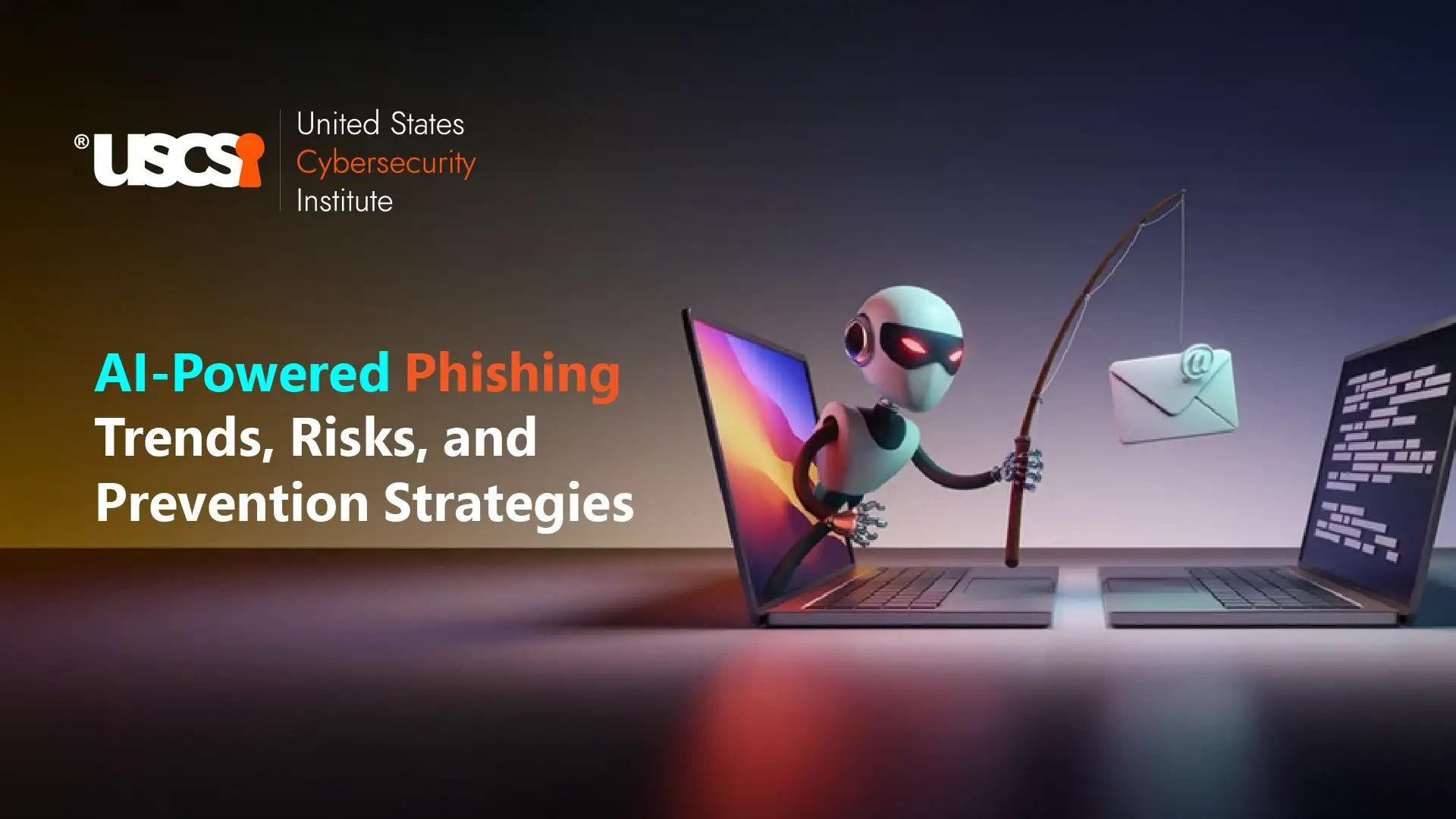

Game On for Cybersecurity Trends 2023
Cybersecurity is an ever-evolving field that is becoming increasingly imperative in a world where digital transformation is happening at an unprecedented rate. With the rise of connected devices and cloud computing, the need for robust cybersecurity measures has never been greater. The global market for cybersecurity is estimated to touch the mark of $ 266 billion with a CAGR of around 8.9% by 2027.
Every cybersecurity professional will need to keep up with the changing landscape to ensure that their organizations remain safe from malicious actors. Understanding the latest threats and trends is the stairway to avoiding potential vulnerabilities and securing your data.
Cybersecurity Trends 2023 Brief
The information reflected in the OWASP's top 10 list has remained stable for around two decades, as fixing security breaches is time-consuming and costlier.
As the new technology is growing complex, cybercriminals are also coming up with new attacks. However, the risks are alike even if different mediums are being exploited for cyberattacks. Whether it is via an e-mail or metaverse, obtaining personal data or financial credentials is the goal. Therefore, a robust approach should be followed by the cybersecurity professional to fix contemporary security issues requiring the involvement of high-end processes and experts.
Top 5 Cyber Threats to Anticipate in 2023
Around 1 billion e-mails got exposed to cyber-attacks annually, disrupting one out of five internet users. The most commonly prevailing cyber threat that most businesses face is phishing.
These threats necessitate an increased focus on data security, improved authentication methods, better encryption techniques, and more sophisticated threat detection systems.
Here are the top five threats that every cybersecurity professional should be aware of:
- Phishing and Smishing Phishing and smishing are two of the most common methods scammers use to access personal information. They use malicious e-mails, texts, and websites to fool unsuspecting victims into revealing their details. Both attacks involve sending malicious links or messages that appear to be from a legitimate source but are malicious. When phishing is done through an SMS, it is called smishing. It uses text messages as a medium to trick users into divulging sensitive information or clicking malicious links.
- Voice-Based Phishing (Vishing) Vishing is becoming an increasingly popular form of cybercrime because it can take advantage of people's trust in automated systems. It deploys voice technology to manipulate victims into revealing personal information or making fraudulent transactions. You can take assistance from a cybersecurity professional if you suspect any anomaly while using voice-based AI devices.
- DoS and DDoS Attacks DoS and DDoS, known as Denial-of-Service and Distributed Denial-of-Service, respectively, are concrete forms of cyberattacks that are a nightmare for every cybersecurity personnel. These attacks can cause significant damage to businesses, disrupting their operations, leading to financial losses, and even resulting in data breaches. DoS and DDoS attacks are used by malicious actors to overwhelm a system or network with requests for information or resources. Consequently, it prevents legitimate users from accessing that system or network. The goal is typically to cause disruption or damage to the system somehow.
- Talent Scarcity and Rising Cybersecurity Costs With the clouds of recession haunting the global economy, organizations are struggling to keep up with the rising costs associated with cybersecurity. Moreover, there is a lack of talent available in the field, leading to a scarcity of cybersecurity expert enthusiasts. This has created tremendous stress for those responsible for keeping their networks secure. As per a report, 90% of people who have encountered shortages or lost colleagues struggle with managing their workload. As budgets shrink and the talent gap widens, ensuring businesses remain safe from cyber-attacks is becoming challenging.
- The Internet of Things (IoT) With the introduction and rapid advancement of the Internet of Things (IoT), the world has become increasingly interconnected. This means that more devices are connected to each other, creating a larger attack surface for cybercriminals to exploit. To deal with this issue, a cybersecurity expert must get accustomed to the latest security threats and solutions for data protection.
Pursue A Cybersecurity Career
A career in cybersecurity is an exciting and rewarding path for those who are passionate about technology and have a knack for problem-solving. A cybersecurity expert plays a crucial role in protecting businesses and individuals from cyber threats. Pursuing a career in cybersecurity requires knowledge of various technologies and tools, alongside the ability to think critically and analyze data. From obtaining certifications to learning about the latest security trends, there are plenty of opportunities for anyone looking to enter this field.
Cybersecurity Certification for Lucrative Job Roles
The best cybersecurity certifications demonstrate your knowledge of security technologies, protocols, and processes. As a cybersecurity personnel, you can learn about network security, data privacy, and risk management through these certifications.
They also provide employers with evidence that they have the technical expertise to protect their systems from cyber threats. These credentials can open more cybersecurity jobs with higher salaries and give you an edge when competing for positions.
Conclusion
As technology advances, the need for enhanced cybersecurity measures is becoming more significant. 2023 shall witness several new developments in the field of cybersecurity for data and network protection. More sophisticated solutions can be implemented through a cybersecurity professional to strengthen the security of digital assets. From AI-driven security solutions to quantum computing-based encryption techniques, there is a lot in store for cybersecurity in the coming years.





